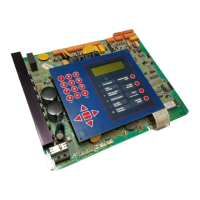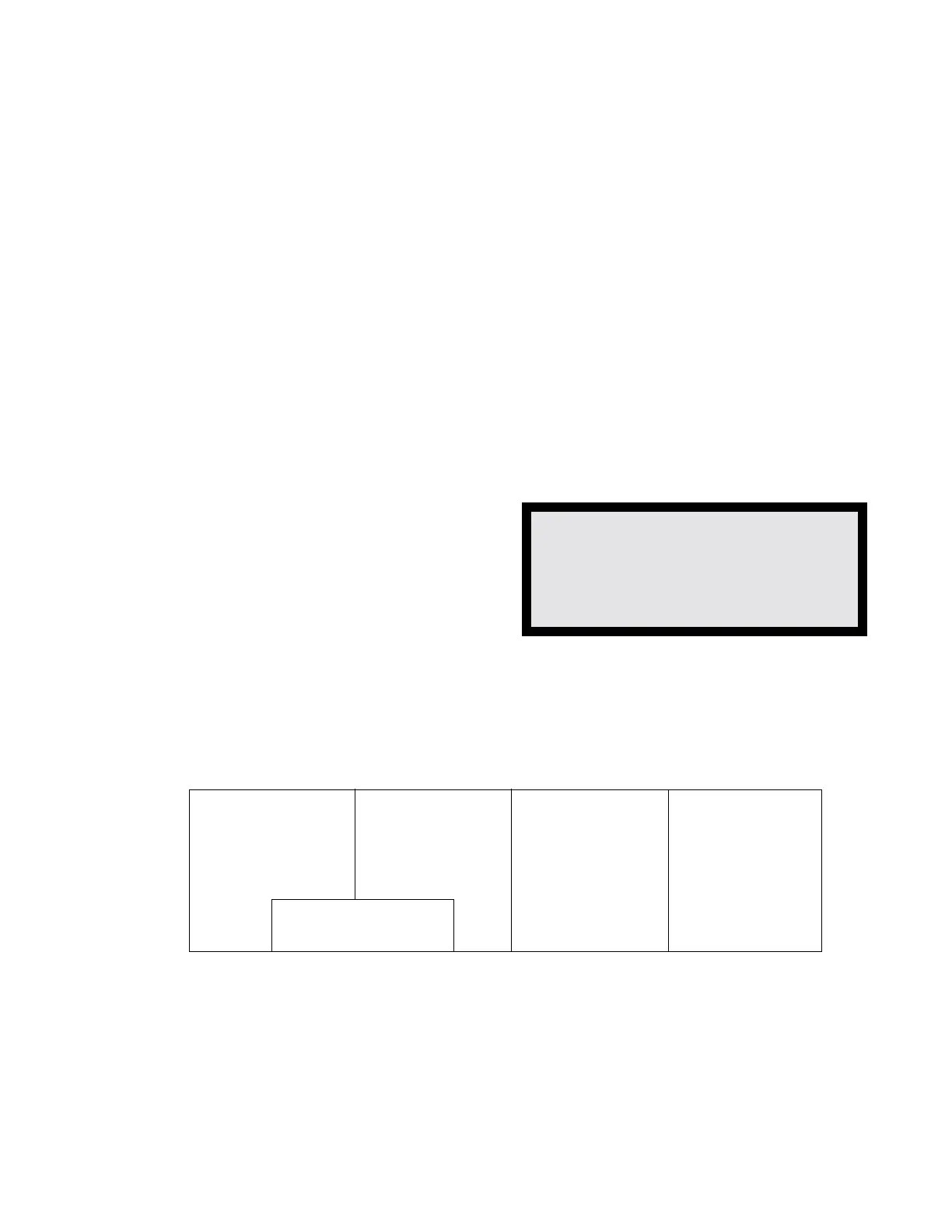AFP-200 Instruction PN 15511:F2 10/11/99 91
Appendix D Releasing Applications
Standards
The control panel can be used as a control panel for agent release or pre-action/deluge control applications.
When used with compatible, UL-listed actuating and initiating devices, the system meets the requirements of the
following standards:
NFPA 12 CO2 Extinguishing Systems (high pressure only)
NFPA 12A Halon 1301 Extinguishing Systems
NFPA 12B Halon 1211 Extinguishing Systems
NFPA 13 Sprinkler Systems
NFPA 15 Water Spray Systems
NFPA 16 Foam-water Deluge and Foam-water Spray Systems
NFPA 17 Dry Chemical Extinguishing systems
NFPA 17A Wet Chemical Extinguishing systems
NFPA 2001 Clean Agent Extinguishing systems
Programming
The control panel includes four software zones (zones
91, 92, 93 and 94) that are used to control releasing
functions. Each zone operates independently, and is
fully programmable. The LCD display called up
during READ STATUS or SPL ZONE programming
for zones 91-94 is shown to the right.
Delay is the programmed time from alarm activation
of an initiating device mapped to this zone, until
activation of all output devices mapped to this zone. If cross-zoning is selected, the delay timer starts when two
or more devices are in alarm (see below for details). The timer “XX” values may be set from 0 seconds to 60
seconds. If abort or manual release type MMX modules are mapped to this zone they affect the timer operation
as defined below.
Abort is the type of abort algorithm used by the zone. It may be one of four types, ULI, IRI, NYC or AHJ,
defined in the table below.
IRI
IRI-type delay timer which func-
tions the same as the UL-type
timer with the exception that the
ABORT will function only if
pressed and held before 2nd zone
goes into alarm.
NYC
NYC-type delay timer. Pressing
ABORT, once an alarm exists,
changes timer value to the time
selected plus 90 seconds. The
timer will not start as long as the
ABORT switch is held.
AHJ
Local Jurisdiction delay timer.
Once the timer has started,
pressing ABORT restores timer
to its full time. The timer will not
start as long as ABORT is held.
Release of the ABORT switch
continues the countdown,
whereas pressing ABORT again
will restore the timer to its full
value.
ULI
Standard UL-type delay timer
which continues to count down
upon ABORT, and stops and holds
at 10 seconds until release of the
ABORT switch. Upon release of
the ABORT switch, the timer resu-
mes the countdown at 10 seconds.
These modes are the only
ones that comply with UL
Standard 864.
Note: ABORT timer will not operate when timer is set for "NO DELAY".
Cross N = No Cross zoning of any type.
Y = Cross zone activation will occur after two or more devices mapped to the same zone activate.
Z = Requires the activation of two initiating devices mapped to two different zones.
H = Requires the activation of at least one smoke detector and at least one heat detector.
Soak is used to automatically shut off the releasing solenoids for a user-defined time after the zone turns them
on. It may be programmed for zero (no soak timer), or 10 to 15 minutes. Use in NFPA 16 applications only.
PRG@SOFTWARE@ZONE
RELEASE@CONTROL
DELAY=XX@ABORT=XXX
CROSS=N@SOAK=XX@Z91

